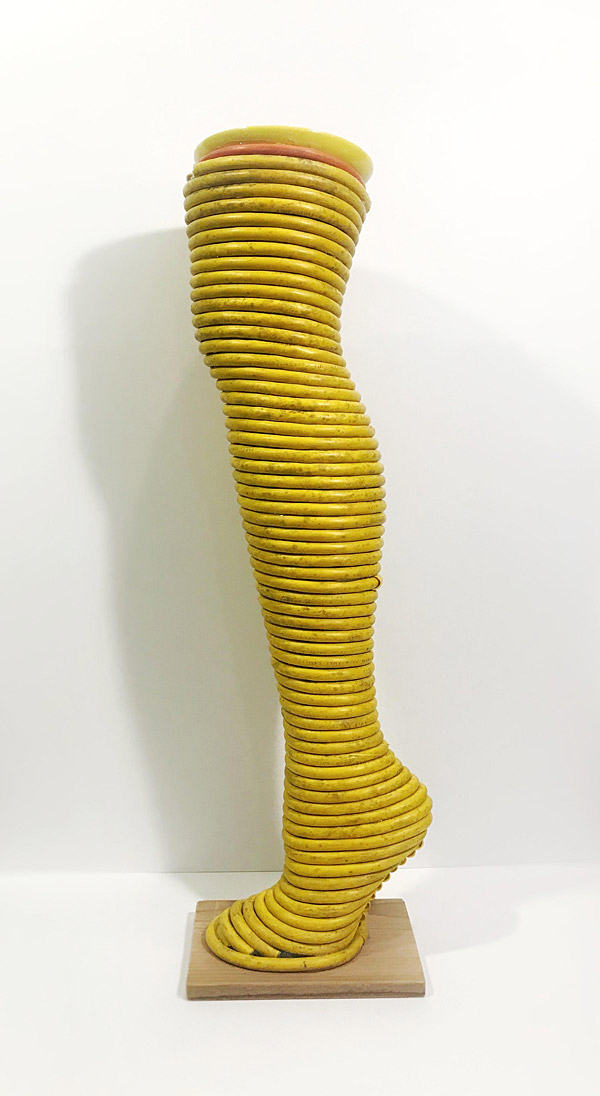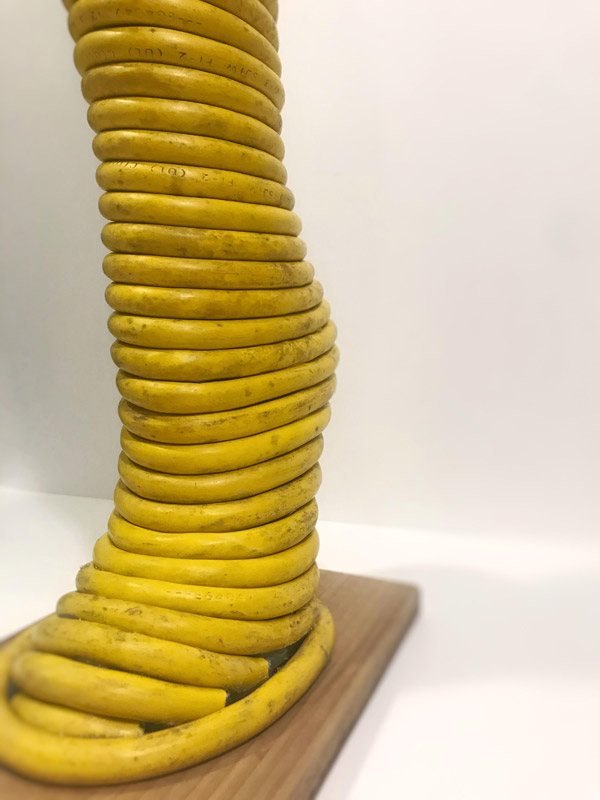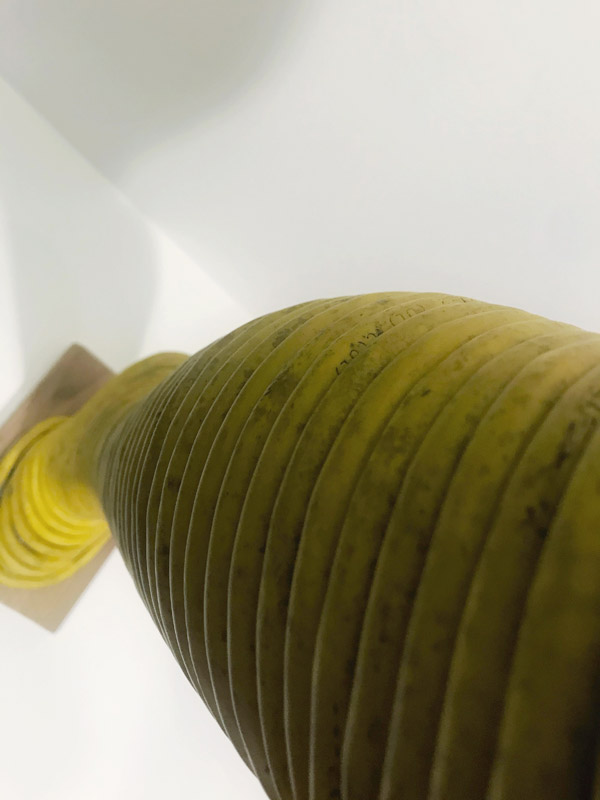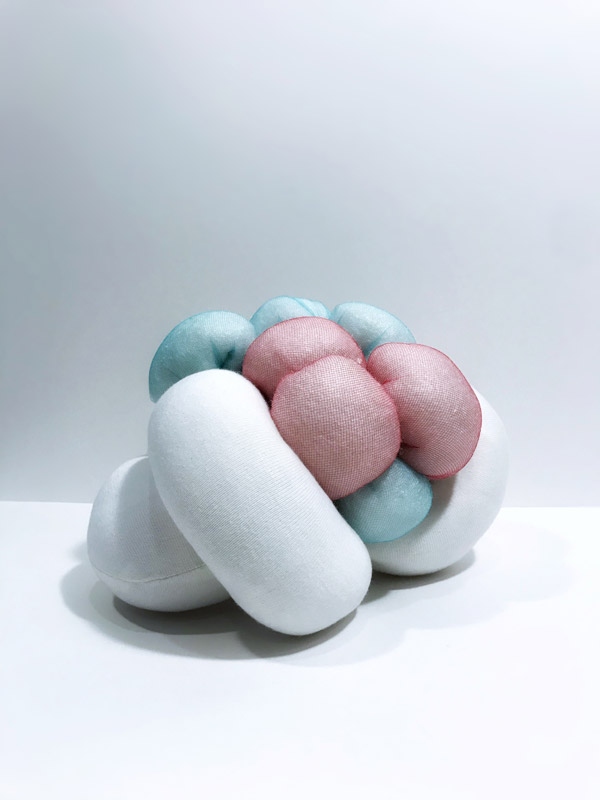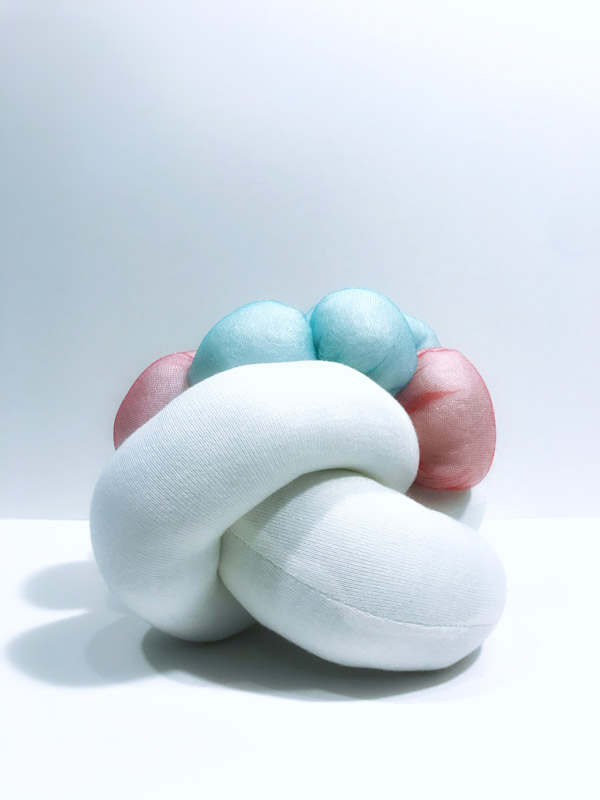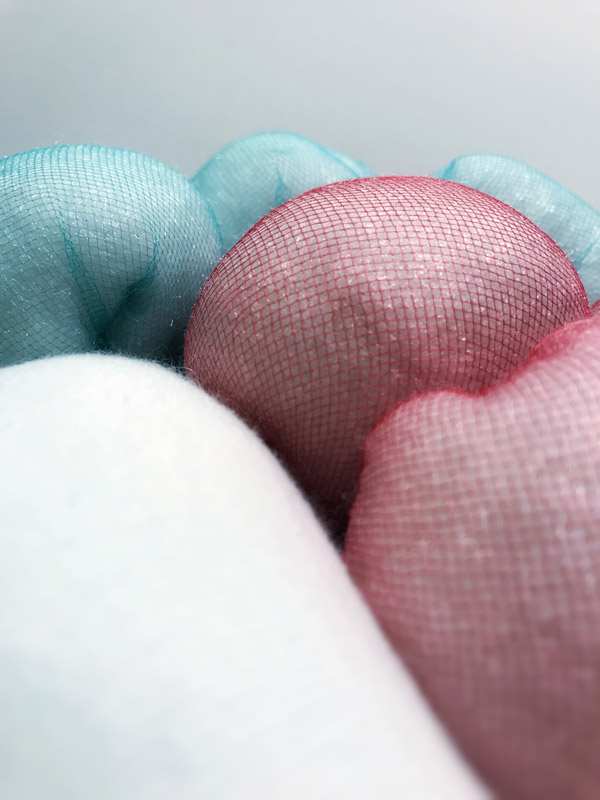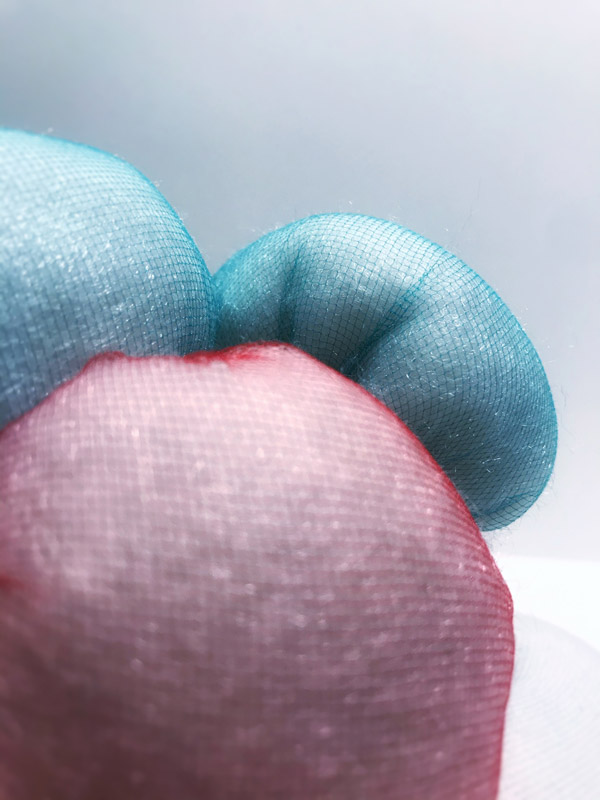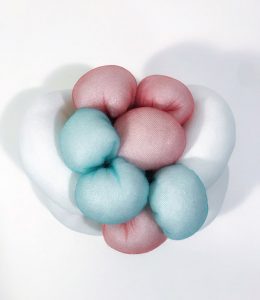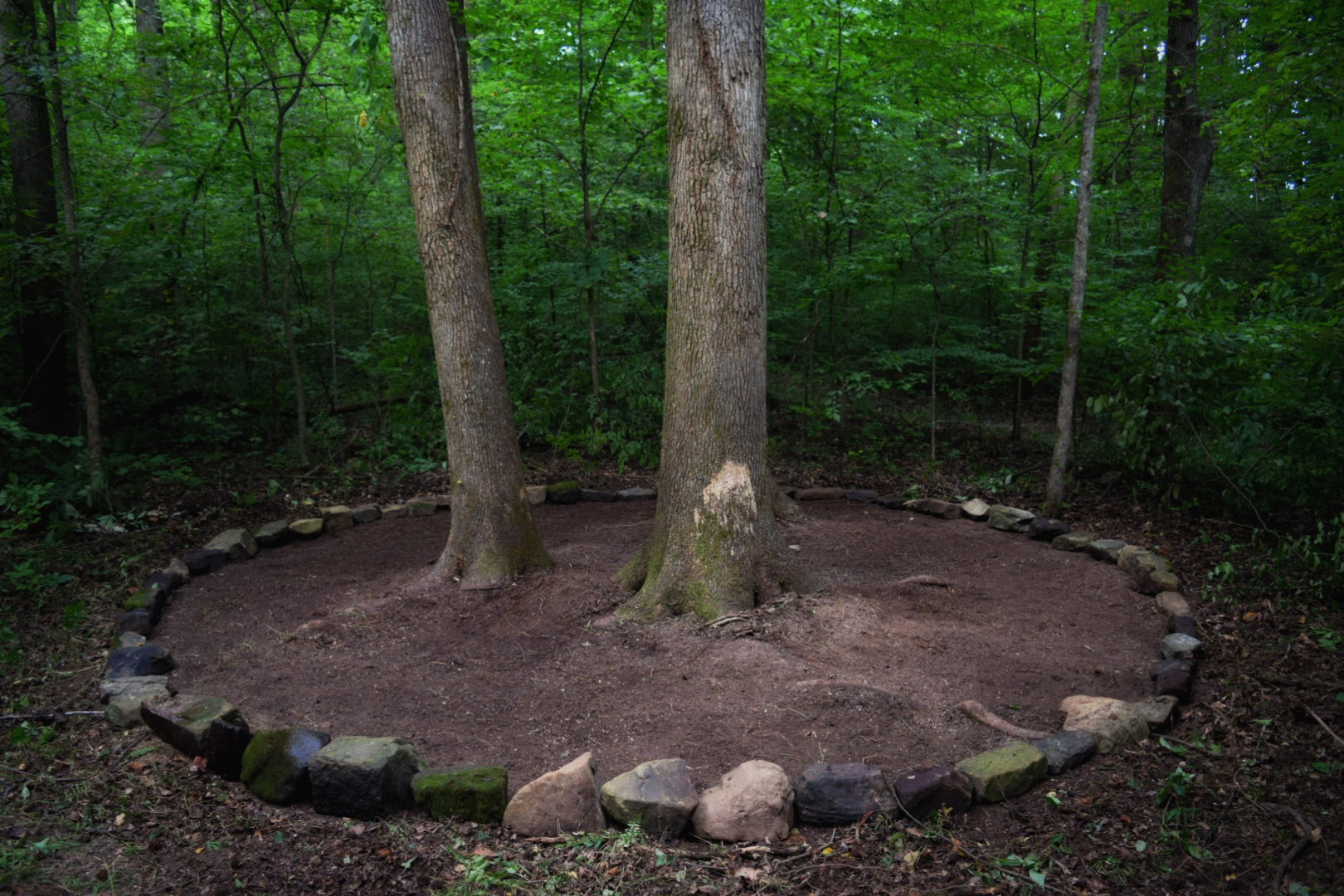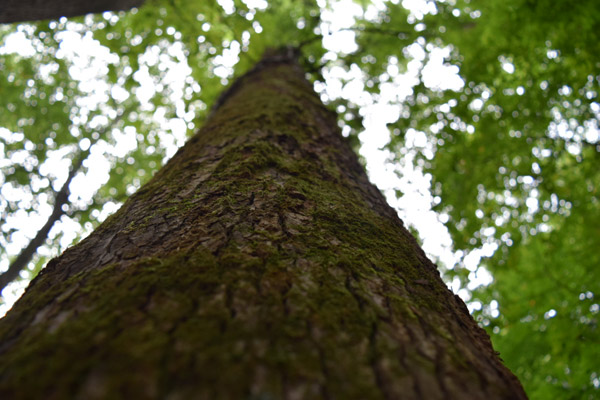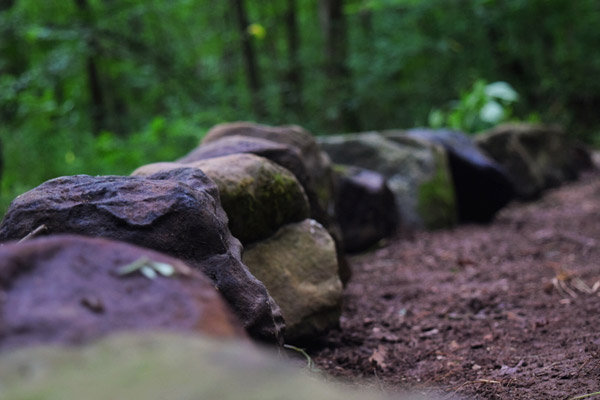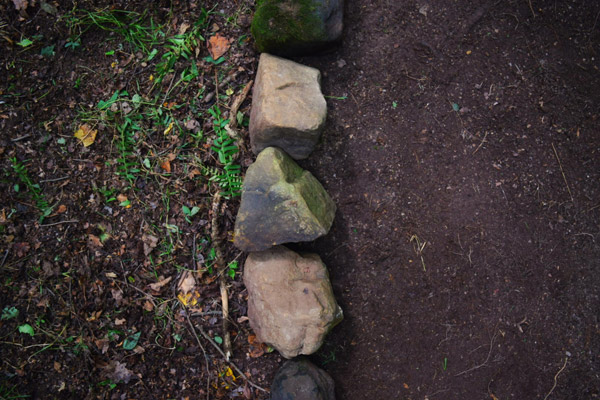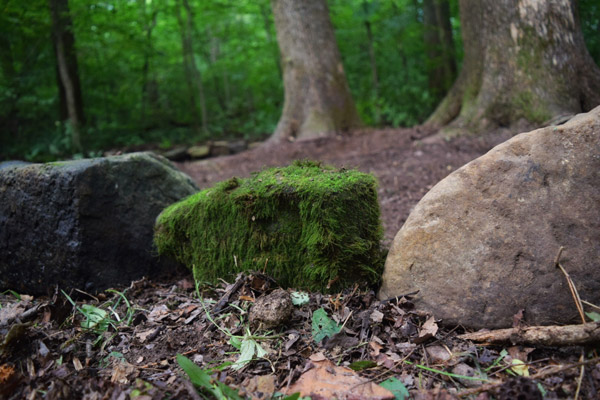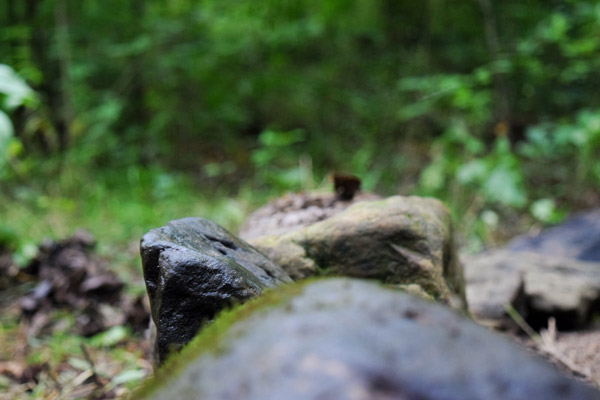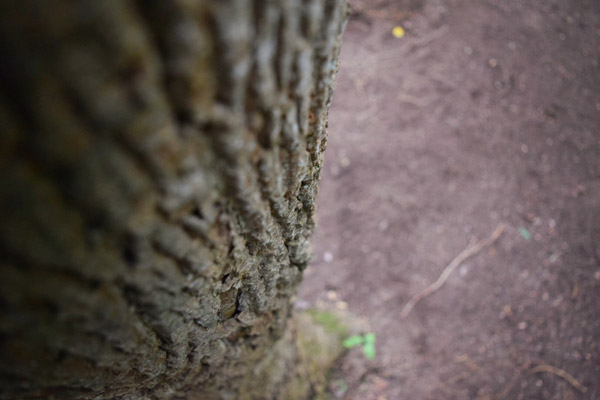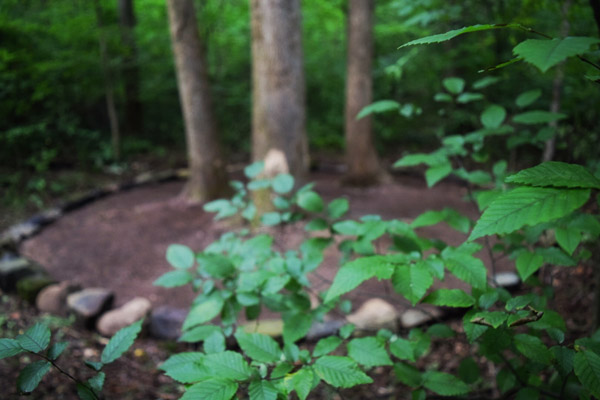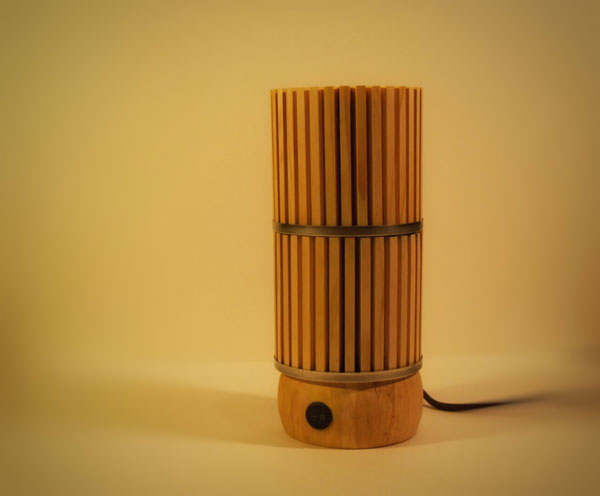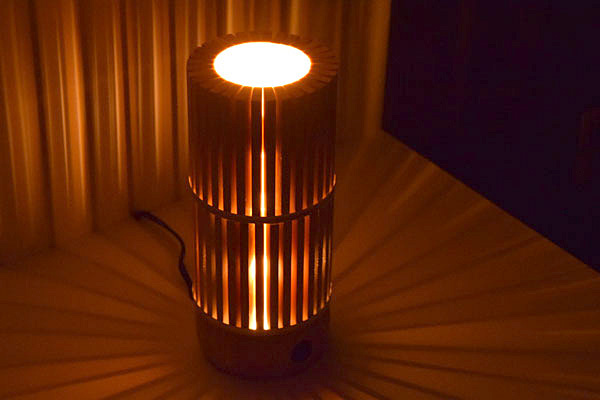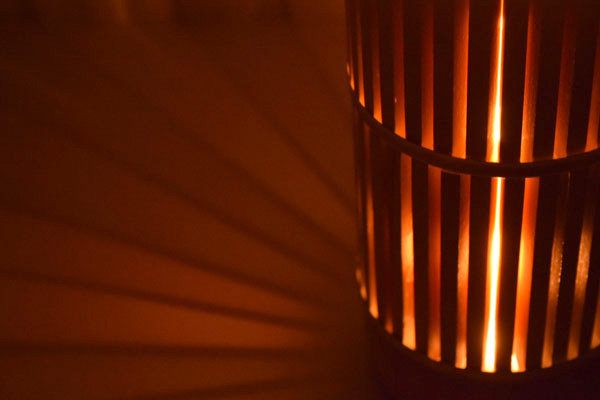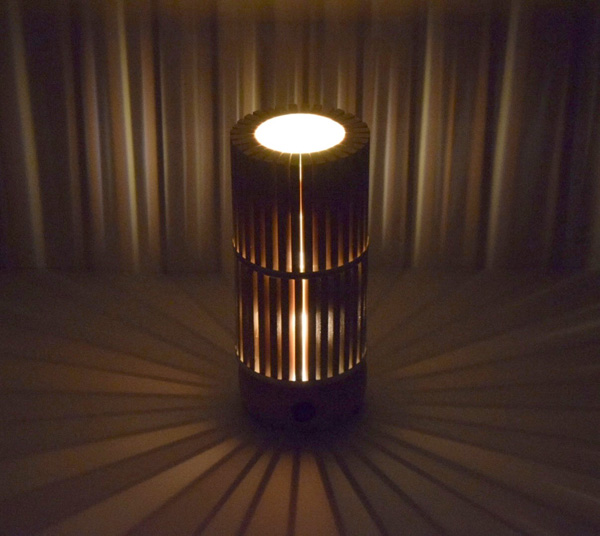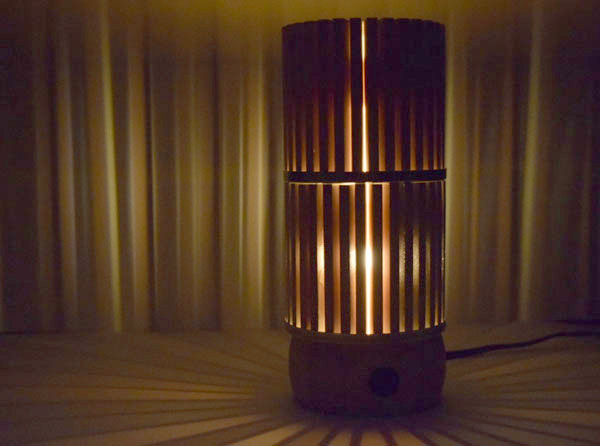Alexander Brown describes his creative experience with a pre-collegiate sculpture course at the Rhode Island School of Design. “We start off the week by watching an hour-long slideshow presented by our teacher, Gail Dodge. We also watch a few other small videos to get us acquainted with the materials and topic of the week. The previous topic was making a sculpture with “found objects”. We could use anything that we could get our hands on to create a piece of art,” Alexander reports.
“After we receive our topic for the week we are assigned to sketch out five “quick studies” that are due Wednesday morning. These are brainstorming activities to get our minds active for the final assignment. The sketches contain ideas, images, notes, and anything that would aid your process. We are required to spend at least five hours in total on them and can turn them in when we are satisfied with our work. Along with the sketches, we turn in a material study, which is just a small sample of how we could use the materials to make our finished piece. I wouldn’t be the happiest if I was working on my final project and found out two materials wouldn’t work together,” Alexander exclaims!
By mid-week, students are ready to begin working on their final assignment for the week. Students are encouraged to spend at least 15 hours working on the final piece. “This is where we finally get to dive into the creativity! I decided to use old broken extension cords to create my sculpture. It was definitely a long process to glue the cords together but it was worth it in the end,” Alex says.
“On Sunday, after turning in our final projects, we spend time critiquing each other’s work. This is one of my favorite parts about the class because it is really great to get honest feedback about your own work. We write about a paragraph for each student’s work. These comments entail what we feel when we see the sculpture, suggestions we have for the artist if they were to attempt this again, what we like/dislike, and any other feelings we have about the work,” Alexander adds.
The next assignment was for students to create a “soft sculpture” with the following instructions: Create a sculptural work using fabric, fiber, string, found objects and any other materials necessary to the final work. Consider how the volume, visual weight, color and presentation of the objects you make have the ability to convey a concept or theme.
Alexander describes his third week at RISD, and his process in creating his class assignment. “This week we were prompted to create a site specific sculpture. Or, more specifically, we were tasked to create a work of art designed specifically for a particular location that has an interrelationship with the location. This was a fairly new subject for me since I hadn’t really created many works of art that were specifically dedicated to a certain place,” Alexander explains.
“As I was conjuring up ideas for a sculpture a certain place kept coming into my mind. I thought that the place I grew up, a farm, would be a great place to create a work of art. I have always had a strong connection with this place so I thought it would be fit,” Alexander says.
“After I figured out what I was going to create, I started bringing my ideas to life. I started to carry sixty twenty to thirty pound rocks and arrange them in a circle around a cluster of three big trees that I thought were very suited for circling. This proved to be harder than expected since I did not have any equipment to carry the rocks and they were scattered along a giant creek stretching along the seventy-acre property. Even though it was hard I pushed on. After creating a circle to my liking, I started the second task of clearing everything except for the three trees from the interior. Before I built the circle there were tons of things obstructing the trees. That also turned out to be a bigger endeavor than I expected. I had never really taken the time to clear a space out in the middle of the woods and it proved to be a real project,” Alexander exclaims!
“For this project, like most others, we were supposed to have meaning behind this work. My sculpture has been installed where I grew up and spent a lot of my free time. Being surrounded by nature has always been part of who I am, and I wanted to show that in this piece. The cleanliness of the circle is supposed to stand out against the rest of the forest. It symbolizes the relationship I feel that this piece of land has with the rest of the world—a blank canvas, free from any outside intervention,” Alexander adds.
“The other side to this sculpture is that it will stay for as long as I leave it standing. I am planning to fill in the circle with moss and let that be the only thing that grows inside. That will have to wait until it cools down in the fall,” Alexander says.
Alexander discusses his final class project for the RISD sculpture course. “I just wrapped up my final project which entailed creating a sculpture with ‘Repetition of Units.’ You could use multiples of the same found object, create objects that are all the same, or do any sort of thing that uses that assignment. The idea behind this task is to create something that encompasses the bigger picture or use the ability of repetition to delineate a theme or concept,” Alexander reports.
“My idea for this week came to me by surprise. I made a sort of ‘prototype’ during my material studies and then ended up sticking with the same idea all the way through the week. It has been the first project where my material study made a huge impact on my final sculpture and really helped me develop my idea even more,” Alexander adds.
“I wanted to create a sculpture that emitted light, instead of just using repetition in physical objects. My focus was turned solely to creating that theme with light and shadow. I used small pine slabs and wired a simple circuit to create the light. I felt as if my quick study wasn’t ‘warm’ and ‘geometric’ as I’d liked. I also didn’t get enough light to shine through. I was met with some difficulty in trying to solve these problems but figured it out in the end. I cut the top off of a glass bottle to create the form unlike the study which had no supporting figure inside. I also used a light bulb instead of LED strips—which, in my opinion, made a huge difference in the ‘quality’ of the light,” Alexander explains.
“I took my time to make everything neat and tidy. I wanted there to be very pronounced corners around the individual slabs so that the shadows were sharp and focused. I believe that the sculpture turned out nicely. My favorite part is the crazy light show I get to experience behind the sculpture. There is a lot of color coming from one white bulb, which caught me off guard,” Alex adds.
“The time went by in the blink of an eye. I am so grateful that I had the chance to have this experience. I learned a lot by taking a course outside of Carbondale and through a prestigious art school. The thing that I loved the most about this class was all the feedback I got from all of the students. On Sunday morning we would all sit down and write a critique on every other student’s work. It was really helpful and something that I wasn’t really used to doing. I am so glad that the class was set up that way,” Alexander says.
Very creative and excellent work, Alex!


